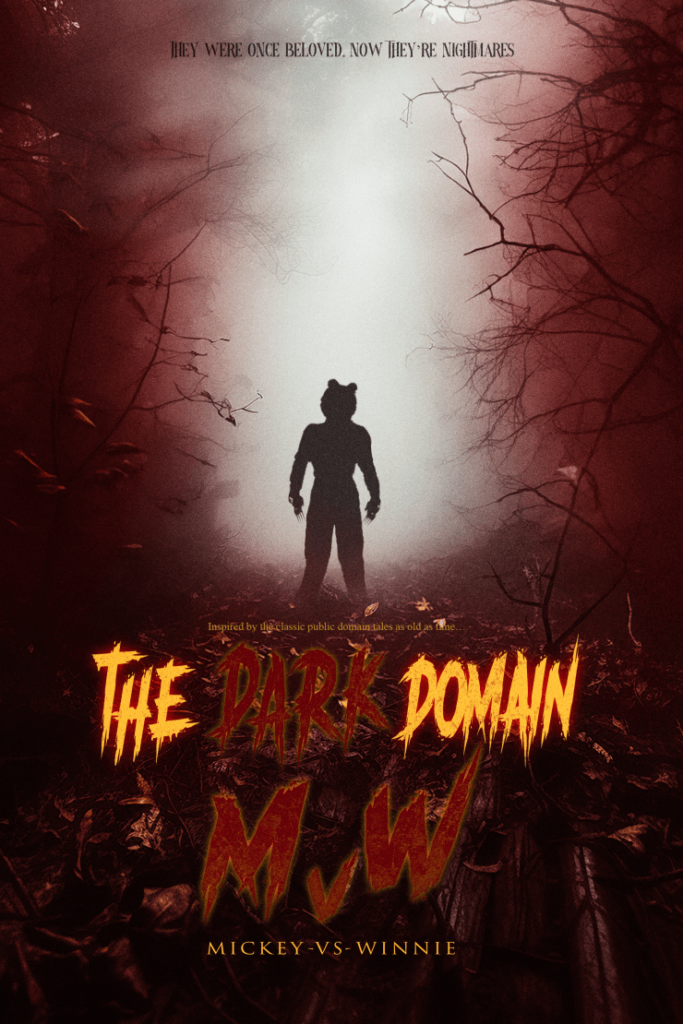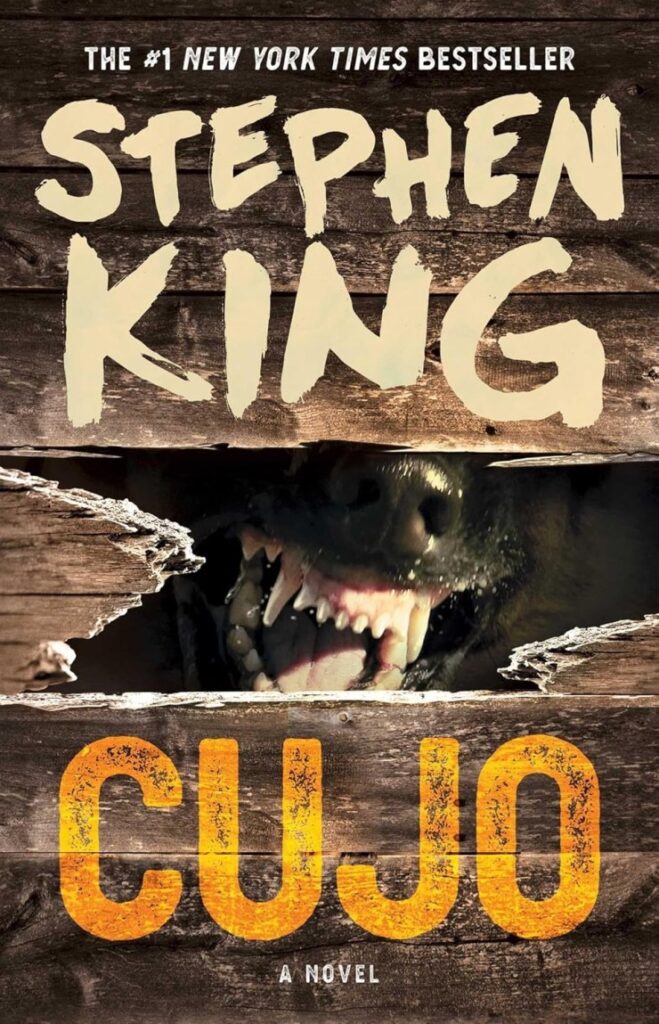Vampires’ vulnerabilities will often leave them, along with their stories, restricted to a single location. However, J. S. Cardone’s The Forsaken is not quite like other fang flicks. This film taps into vampires’ sense of wanderlust about as much as their bloodlust. And instead of feasting on a lone town, city or village, the villains of this somewhat forgotten but also worthwhile horror film feed their insatiable hunger on the open roads of America.
As the horror genre was figuring out its next move, following the surge of slashers during the tail end of the 1990s and before splatter films soaked the mid to late 2000s, vampires seemed like a safe bet for Screen Gems. Especially after From Dusk till Dawn and John Carpenter’s Vampires had already loosened the faucet on dynamic vamp tales set in outlying and desolate areas. The days of elegant, aristocratic and talky adult vampire films looked to be over, or at least put on hold, as this next cycle boosted sanguinary action and fast thrills. The Forsaken declared the same approach, albeit with a younger target demo in mind.
It’s easy to be cynical towards The Forsaken after first glancing at its ensemble. For starters, leads Kerr Smith and Brendan Fehr were best known for their angsty and adolescent TV dramas at the time, respectively The WB’s Dawson’s Creek and Roswell, as well as their brief encounter in 2000’s Final Destination, another horror film also popular with young audiences. Polish actor Izabella Miko was coming straight off of Coyote Ugly, and Johnathon Schaech and Phina Oruche looked as if they had walked right out of a Calvin Klein ad. Even the analog for Dracula’s familiar Renfield, played by MTV VJ-turned-actor Simon Rex, was easy on the eyes. Despite having a comely cast and the façade of lightweight teen horror, though, The Forsaken gets rather dark and vicious. The film takes pleasure in making pretty people do ugly and horrible things.

Image: Phina Oruche, Johnathon Schaech, Simon Rex and Alexis Thorpe in The Forsaken.
The Forsaken takes its cues from The Hitcher more than fellow rural vampire film Near Dark, although Cardone (The Slayer, Shadowzone) cited Kathryn Bigelow’s debut, along with Terrence Malick’s Badlands, as one of his main inspirations. Yet unlike Near Dark, this film’s canvas is constantly changing and expanding. It isn’t even long before Smith’s character Sean is sucked into that roving battle between a hitchhiking vampire hunter named Nick (Fehr) and his blood-yearning enemies, Kit and Cym (Schaech, Oruche). Cardone indeed trades one parched part of the barren Southwest for another; this interstate story goes from Arizona to Texas with minimal signs of physical transition. Otherwise, every new stage is just as dusty, unpeopled and sun-choked as the one before it. Overlooking the locations, however, can be a benefit; the homogeneity makes The Forsaken feel like it’s set on an endless stretch of road.
While the majority of The Forsaken takes place in the hours between dusk and dawn, it also has a solid amount of stark day scenes. Bright desert vistas occupy that first half of the film as Sean offers Nick a ride first, then joins him on his mission. And as the former succumbs more and more to his sudden infection — vampirism is treated like a virus here — Cardone starts to turn down the lights until his heroes’ world is drab and taken by darkness. There the vastness of night is as overwhelming as it is beautiful.
Cardone never intended to make a traditional vamp picture, but more glaring than his use of broad daylight or the road trip element, though, was his particular blend of vampire myths. The Forsaken boldly ditches the fangs, stakes and garlic, as well as pares down the supernatural element; the ancient and communicable virus and all its strains can be slowed down with an HIV cocktail. More intriguing is the fact that the vampires here crave blood, but Kit and his kind don’t actually need it to live, either. The lore gets even hazier whenever these fangsters bleed during arousal, exhibit telepathy, and have a special sire bond that leaves the story open for continuation.

Image: Kerr Smith, Brendan Fehr and Izabella Miko in The Forsaken.
One initial aspect of The Forsaken that was eventually left on the cutting room floor was a central love story; Miko’s character, a fledgling vampire on the run from Kit, was originally intended to be Sean’s love interest until the idea was scrapped altogether. The end result was a passing and platonic situation that goes against the grain of most classic and modern vampire films. Yet in lieu of romantic flings is a curious fellowship between the slayers. There is a sense of chemistry between Sean and Nick that hangs over the story and, to no surprise, has been interpreted as something more. Cardone wasn’t unaware of any homoeroticism in his film, although he himself detected it in Kit and Sean’s relationship.
The Forsaken can be viewed as a transitional piece of horror. It’s not remotely in the vein of Scream; there is even an opportunity for indulgent wit and self-awareness, seeing as how Smith’s character edits trailers for a low-budget film company. And it certainly had nothing on the wave of gory and extreme horror that followed. Even still, Cardone predicted a smidge of what awaited the genre: Reasonably beautiful characters donned tank tops, perspired and glistened, and bloodily staved off death and their environments, all while running to the sounds of trendy rock and nu metal. No, The Forsaken is nowhere as Hollywood-cynical or in-your-face as either its predecessors or successors. Maybe, in retrospect, that has some say in why it’s fallen through the cracks and, since then, has gone ignored by the masses. There is still no domestic Blu-ray for this film, as of this writing.
The road film, generally speaking, is about rebellion. And in small ways, The Forsaken disobeys the vampire sub-genre and attempts to stake out its own territory. The outcome is more pastiche than peerless, admittedly, but the few unique parts merit consideration.
Horror contemplates in great detail how young people handle inordinate situations and all of life’s unexpected challenges. While the genre forces characters of every age to face their fears, it is especially interested in how youths might fare in life-or-death scenarios.
The column Young Blood is dedicated to horror stories for and about teenagers, as well as other young folks on the brink of terror.

Image: Kerr Smith as Sean in The Forsaken.
The post ‘The Forsaken’ – Biting Into the Forgotten Vampire Movie 24 Years Later appeared first on Bloody Disgusting!.


